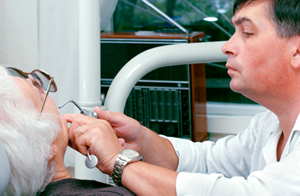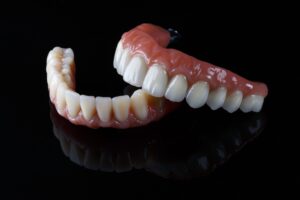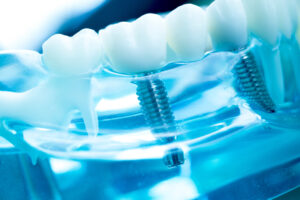
A ridge augmentation is a dental procedure usually performed following a tooth extraction to help create a natural contour of the gums and jaw. A tooth extraction can result in bone loss and ridge augmentation can help.
What is Ridge Augmentation?
When a tooth needs to be removed, an empty socket is left in the alveolar ridge bone – the bone that surrounds the roots of the teeth. When the bone surrounding the socket breaks during removal and it’s unable to heal on its own, which will cause the height and width of the socket to deteriorate further.
If you are getting an implant after a tooth removal, you may need ridge augmentation because dental implants require bone structure to support them. The ridge augmentation helps rebuild the bone to allow for the implant.
How is Ridge Augmentation Performed?
This surgery consists of placing bone graft material in the empty tooth socket to keep its height and width. Our periodontist will do this immediately after the tooth removal to avoid another surgery later on. The gum tissue is placed over the socket and closed with stitches. Once the socket has healed completely, the ridge can be ready for an implant.
Ridge augmentation surgery is usually performed under local anesthesia.
How Can Ridge Augmentation Restore the Gum Line?
If the empty socket is not filled, the gum tissue will have no support and it will start receding affecting the look of your gum line and facial structure. Ridge augmentation is not only used in preparation for implant surgery, but it can also be used for cosmetic reasons to improve the look of your face.
We can discuss with you more details about ridge augmentation and why it can help restore your gum line after tooth loss.



